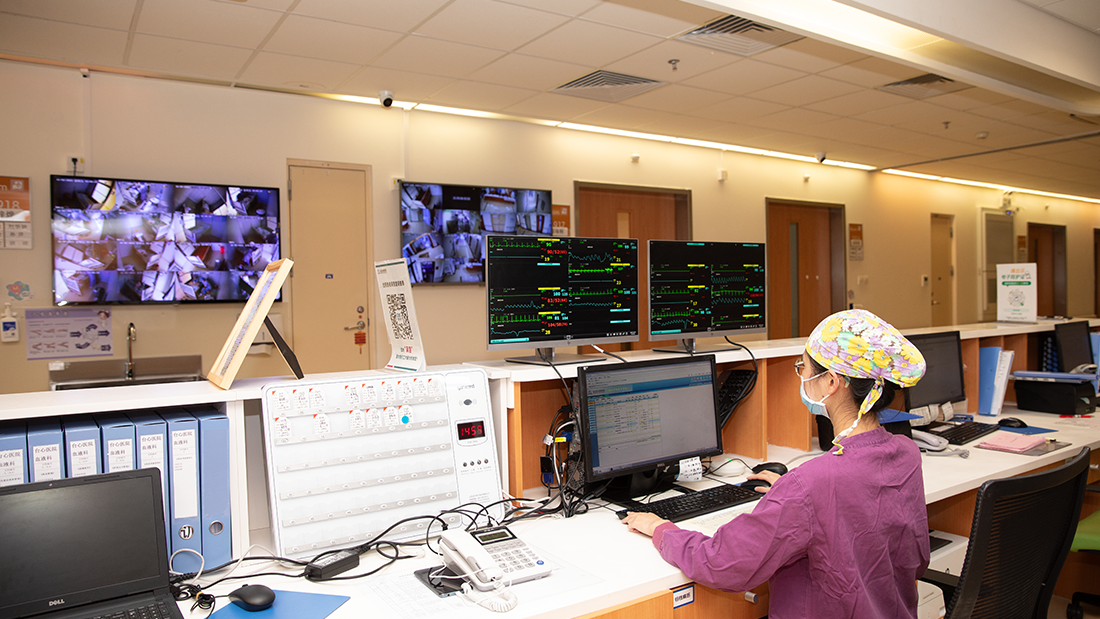#28 BMT for Thalassemia: A Promising Approach by GoBroad
2025-7-1
At GoBroad, we are committed to advancing healthcare solutions, particularly in the field of hematology. Our expertise encompasses innovative treatments, including BMT for thalassemia, aimed at improving patient outcomes and quality of life. As we journey through this landscape, we provide expert insight into T-cell-depleted transplantation (TCD-HSCT) and its role in managing thalassemia.

T-Cell-Depleted Transplantation
BMT for thalassemia has evolved significantly, particularly with the introduction of T-cell-depleted transplantation (TDH). This specialized form of allo-HSCT focuses on removing T lymphocytes from the graft, which plays a crucial role in reducing the incidence of graft-versus-host disease (GVHD). The objective is clear: improve transplant success rates and enhance patient survival. TDH operates through various mechanisms that allow for the selective depletion of αβ T cells while preserving essential immune components like γδ T cells and natural killer (NK) cells.
Mechanisms Behind TDH Technology
The evolution of TDH technology reflects continuous advancements in the field. Initially, strategies centered around CD34+ stem cell selection, leading to limited success. However, as we adopted negative selection techniques that targeted T cells, we noted significant improvements. The current TDH approach enables the effective removal of αβ T cells, thereby minimizing the risk of GVHD while ensuring the graft remains capable of immune response through retained NK and γδ T cells. When discussing BMT for thalassemia, understanding these mechanisms provides essential context for patients and their families.
Benefits of TDH in Thalassemia Treatment
The application of BMT for thalassemia through TDH has several notable benefits. First and foremost, it greatly enhances graft success rates. Our center has achieved a failure rate below 2% for patients undergoing TDH, particularly in cases of thalassemia, where traditional methods had higher risks. Additionally, TDH significantly reduces the incidence of GVHD and lowers infection risks. By allowing for a greater infusion of CD34+ stem cells, hematopoietic recovery is expedited, leading to shorter inpatient stays and improved overall health outcomes.
Reducing Relapse Rates with TDH
A critical concern in BMT for thalassemia is the risk of relapse, which can severely affect long-term survival rates. Research indicates that the modern TDH technique enhances the presence of NK and γδ T cells, which are vital for antitumor activity. Our findings show that a higher graft NK cell count significantly correlates with reduced relapse rates—by as much as 90%. Moreover, the elimination of the need for immunosuppressive therapy (IST) further facilitates faster T cell recovery, reinforcing the antileukemic effects and overall success of the transplantation.
Conclusion
In conclusion, BMT for thalassemia represents a transformative approach at GoBroad, driven by the expertise and insights we offer. Through our commitment to advancing TDH technology, we continue to pave the way for improved patient outcomes. The combination of reducing GVHD risks, enhancing graft success rates, and minimizing relapse rates positions BMT as a cornerstone in the treatment of thalassemia. As we look ahead, our focus remains on innovation and patient care, guided by expert insight into hematologic solutions.















